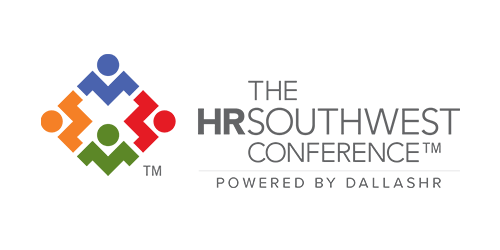
Agile HR: Organizational Culture
In 2020, “pivot” became the word of the year because almost all of us needed to quickly shift to doing things differently in the face of sudden change.
Perhaps, though, the word should have been “agile,” because agility is what separated those who were able to successfully pivot from those that did (or could) not. Agility is the ability to respond to changes, whether internal or external, and quickly establish a new strategy or direction. Agility is key to resilience. But businesses are not magically agile—they have to take steps to become more agile and change organizational culture.
And who can help to drive and support an agile culture? Agile HR. Let’s take a look at agility, agile HR, and agile culture to inform how HR professionals can adopt best practices and put them to work in the workplace.
What is agility?
Agile is an iterative approach with roots in the software development world. It’s a way to develop initiatives or products involving experimentation, integration, and review through a collaborative process. Said another way, it is an approach that invites exploring new ideas quickly—and embracing the possibility of failure on the way to success. It’s also more team-centric; in fact, the term “scrum” has been lifted from rugby—where it refers to a way to restart play—to become one of the most-used terms in the agile vocabulary.
What is agile HR?
Agile HR takes the framework of the agile approach and prioritizes speed, responsiveness, and the ability to adapt in the HR function.
Structuring HR to respond faster and adapt an agile approach toward communication, leadership, work styles, and performance management makes it easier to steer toward corrections as the workforce changes, or the structure is forced to change (like with the pandemic). An HR department that remains agile is also more responsive to employee needs, executive leaders, and other stakeholders. It is this kind of knowledge that helps get HR a seat at the table.
Key differences in agile HR
Agile HR embraces flexibility and ongoing feedback. It also requires moving away from a policy-based and rules-centric approach to be nimbler to changing needs, from employees or the market. Here are some key differences between traditional HR and agile HR:
- Traditional HR onboards or trains employees for new roles. Agile HR embraces a continuous learning environment with ongoing development to reskill and upskill employees and prepare for the future.
- Traditional HR holds annual performance reviews. Agile HR solicits continuous feedback throughout the year, including at conclusions of projects or when resolving situations.
- Traditional HR might prioritize execution, while agile HR prioritizes knowledge-sharing, collaboration, and employee empowerment.
- Traditional HR measures success through policies, procedures, compliance, and documentation. Agile HR defines success through metrics related to talent and employee experience, including retention and employee satisfaction.
- Traditional HR implements and manages systems of record. Agile HR champions systems that promote collaboration and knowledge-sharing to advance innovation.
Steps to building a more agile HR organization
Making the shift to a more agile HR organization does not happen overnight. Making the shift, though, can yield significant benefits in employee experience and loyalty, innovation, and competitive advantage. HR leaders and professionals can take key steps toward agile HR, including:
- Start small. You do not have to transform the entire organization at once. In fact, key wins and results can help to make the case for broader transformation. Choose one process, function, or department to pilot agile HR practices in, and decide how you will measure success.
- Seek internal support. Change is rarely easy, but internal support can go a long way toward championing the process. Depending on your organization’s culture, you may want to secure the support of a key leader or executive sponsor for your pilot.
- Implement tools for continuous feedback. Agility requires ongoing (and sometimes real-time) feedback from employees. Having the right tools in place to collect and review this feedback can mean the difference between success and failure. There are many performance feedback tools on the market to choose from.
Has your organization or HR function embraced an agile approach yet? If so, what has your experience been? What has worked?
DallasHR is the third-largest SHRM affiliate chapter in the nation. With more than 2,000 engaged HR professionals, the Chapter has been Advancing the Value of HR since 1939 through innovative education, valuable networking events and providing opportunities to share best practices with others in the field of HR. The HRSouthwest Conference powered by DallasHR, is the official Texas SHRM conference and one of the largest regional HR events in the U.S. Visit us at Dallashr.org, hrsouthwest.com and follow us at #dallashr, #hrswc.





